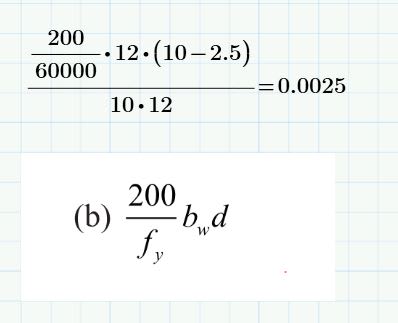Deadblow
Structural
- Jul 13, 2015
- 140
Hello,
I am designing a retaining wall and the concrete needs to be designed according to ACI 318-14. Please refer to the attachment for a general sense of what I am talking about. However, my specific design has different dimensions and loading than shown in the attachment. The vertical flexural steel at the back face of the wall stem that is anchored into the footing is adequate for the moment demand in the stem but the area of steel where the top of the footing meets the base of the stem does not meet the requirement of 0.0018x(gross concrete area). As shown in the attachment, I plan to have vertical steel in the front face of the wall resting on the top of the footing to meet the min. temperature and steel requirement for the stem. Do I need more area of steel crossing the plane where the stem meets the footing to meet the temperature and steel requirement at that specific location?
EIT
I am designing a retaining wall and the concrete needs to be designed according to ACI 318-14. Please refer to the attachment for a general sense of what I am talking about. However, my specific design has different dimensions and loading than shown in the attachment. The vertical flexural steel at the back face of the wall stem that is anchored into the footing is adequate for the moment demand in the stem but the area of steel where the top of the footing meets the base of the stem does not meet the requirement of 0.0018x(gross concrete area). As shown in the attachment, I plan to have vertical steel in the front face of the wall resting on the top of the footing to meet the min. temperature and steel requirement for the stem. Do I need more area of steel crossing the plane where the stem meets the footing to meet the temperature and steel requirement at that specific location?
EIT


